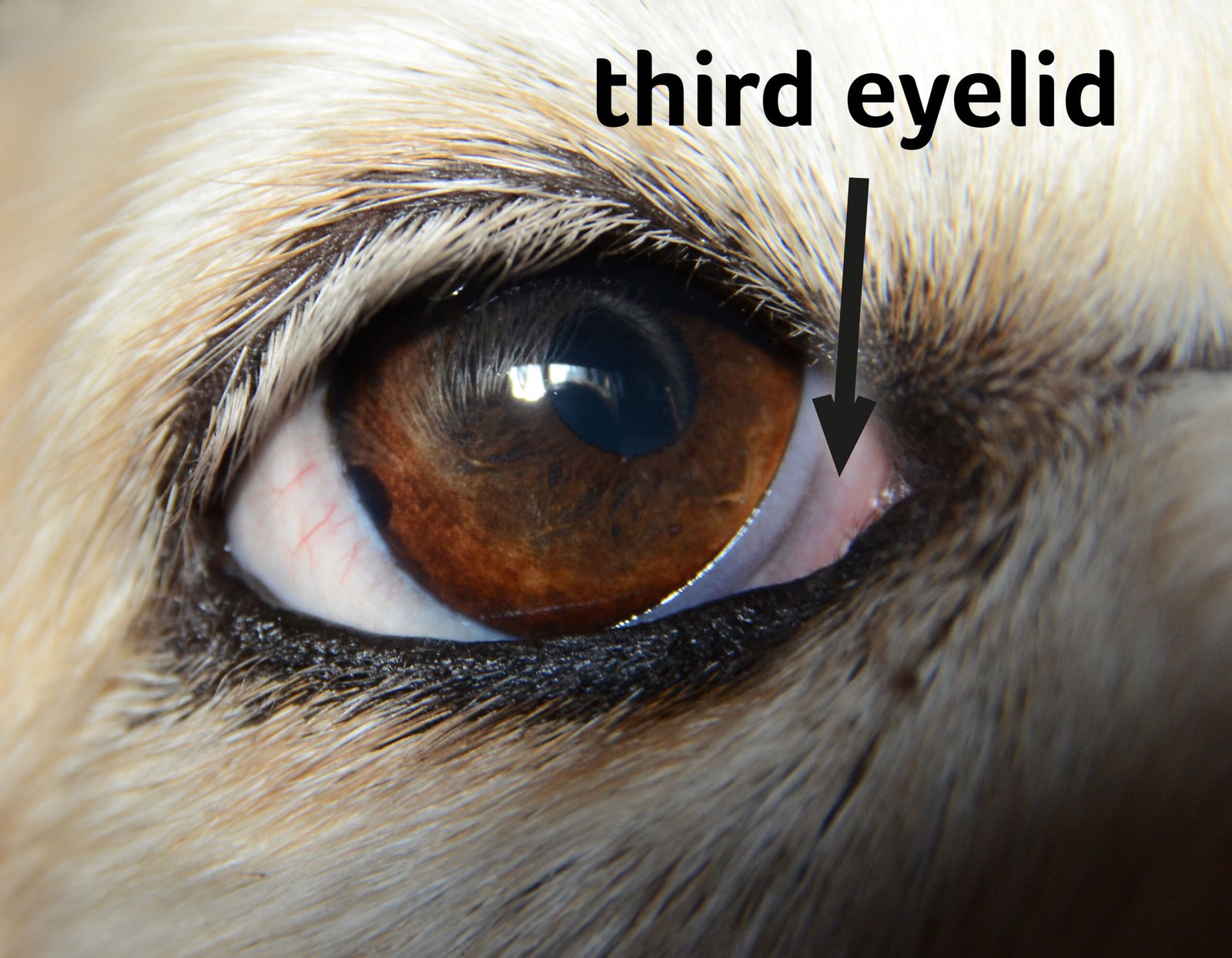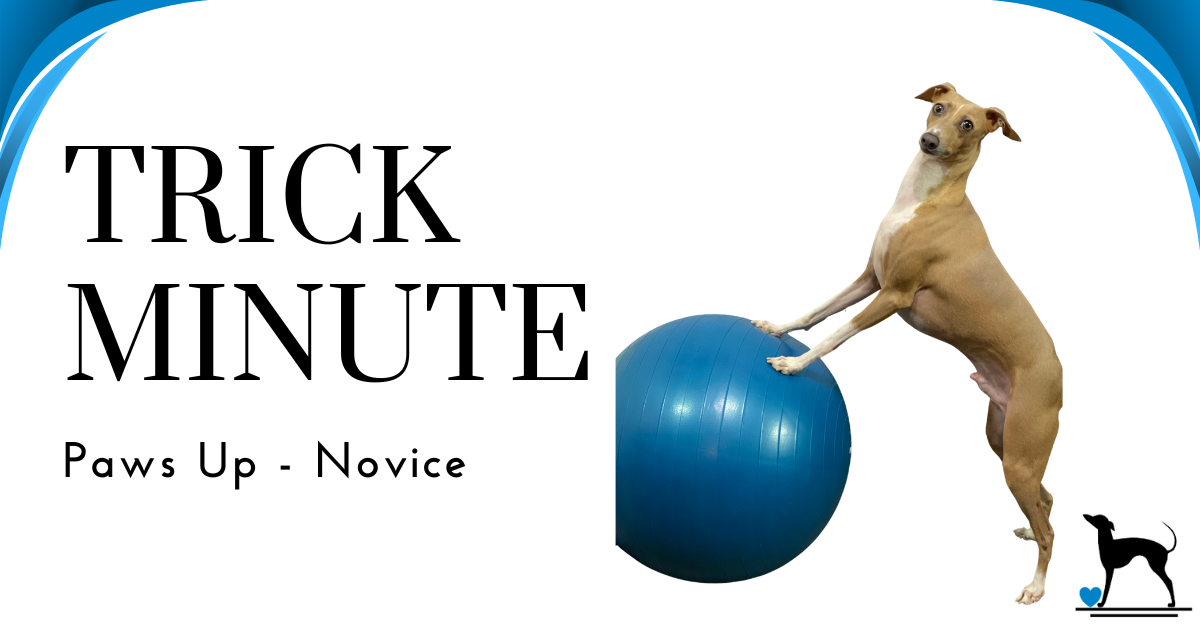If you’ve ever watched a dog training show or heard people talk about being the “alpha” in their home, you’ve probably encountered the idea of dominance theory. It’s the belief that in order to get your dog (or other animals) to respect you, you need to assert your dominance and be the “leader of the pack.”
But what if I told you that’s not only outdated but also counterproductive?
Let’s dive into why the dominance approach isn’t what it’s cracked up to be—and how we can flip the script and focus on building positive, trusting relationships with our animals instead.
Where Did the Dominance Idea Even Come From?
The idea that animals—especially dogs—need to be dominated traces back to studies of captive wolves in the 1930s. Scientists observed that wolves in these environments fought for control and leadership in their packs. This “alpha” wolf concept was later applied to dogs, under the assumption that since they descended from wolves, they must behave the same way, right?
Not exactly.
Modern research has since debunked this view. Wolves in the wild (where they actually belong!) don’t behave this way. Instead of constantly fighting for dominance, they live in family units, cooperating and supporting one another—much like human families. And as for dogs? They’ve evolved alongside humans for thousands of years. They’re social creatures, but they’re not constantly scheming to overthrow us!
Common Misconceptions About Dominance
Despite the advances in animal behaviour science, dominance-based training techniques are still widely used. You may have heard terms like “alpha rolls” (physically flipping your dog onto their back to show them who’s boss) or “showing them who’s in charge” by taking away resources like food or toys.
Here’s why these techniques are not only unnecessary but harmful:
- Misinterpreted Behaviour: Dogs (and other animals) aren’t sitting around plotting their takeover of your home. When we act dominant, we confuse them because that’s not how they naturally relate to us. What looks like “disobedience” may actually be stress or confusion.
- Fear Doesn’t Equal Respect: Using force to control animals may result in short-term compliance, but it doesn’t foster trust or learning. Your animal might obey out of fear, but this doesn’t help build a happy, confident companion. Instead, it can lead to anxiety, aggression, or avoidance.
- Damaging the Bond: When we focus on controlling our animals rather than communicating with them, we risk damaging the bond we’re trying to build. The relationship becomes based on power struggles rather than cooperation, and that’s not what anyone—human or animal—wants!
The Emotional Impact on Animals
Imagine this: You’re trying to learn a new skill, and someone constantly shouts at you, punishes you for making mistakes, and never explains what they want you to do. How would you feel? Frustrated, anxious, maybe even scared.
This is exactly what animals experience under dominance-based training.
- Stress & Anxiety: Animals subjected to dominance techniques often show signs of stress and fear. They’re not learning to behave better—they’re learning to be scared of making a mistake.
- Loss of Trust: When animals associate their humans with unpredictable punishment, they may become wary or withdrawn. In more severe cases, they can even become reactive or aggressive, not because they’re “challenging authority,” but because they’re confused or afraid.
But there’s good news! There’s a better way—one that fosters learning, trust, and joy in both the animal and their human.
So, How Do Animals Actually Learn?
This is where positive reinforcement comes in—a training method based on rewarding good behaviour rather than punishing the bad. It’s rooted in science and proven to be more effective and humane than dominance-based methods.
Here’s how it works:
- Rewarding Good Behaviour: When your dog (or any animal) does something you like, you reward them with something they love—treats, praise, toys. This encourages them to repeat that behaviour because, hey, good things happen when they do it!
- Building Confidence: Positive reinforcement allows animals to learn in a way that makes them feel safe and confident. They begin to understand what’s expected of them and are motivated to cooperate because it’s rewarding (and fun!).
- Strengthening the Bond: When training is based on mutual respect and clear communication, the bond between you and your animal grows stronger. They learn to trust you, and training becomes a team effort rather than a power struggle.
Real-Life Success Stories
Let me share a quick story about a dog named Luna. Luna’s owners initially struggled with her behaviour—she was anxious, reactive, and pulled on the leash. They had been told to use dominance-based techniques like leash jerks and alpha rolls, which only made Luna more anxious.
When we switched to positive reinforcement, everything changed. Luna began to respond to cues willingly because she was rewarded for her effort. Her confidence grew, her anxiety lessened, and her owners finally felt connected to her in a way they hadn’t before.
Luna learned that listening to her humans meant good things, and her owners learned that positive reinforcement wasn’t about being permissive—it was about clear communication and trust.
How to Shift from Dominance to Positive Training
So, how can you move away from dominance-based training and toward a more positive, cooperative approach? It’s easier than you might think!
- Reward What You Like: Focus on rewarding the behaviours you want to see more of. Did your dog sit calmly while you put on their leash? Awesome—reward them! The more they associate calm behaviour with positive outcomes, the more they’ll repeat it.
- Be Consistent: Positive reinforcement works best when it’s consistent. Make sure everyone in the household is on the same page about what behaviours are being rewarded and how.
- Don’t Focus on Perfection: Training is a process, and mistakes are part of learning. Instead of correcting every misstep, redirect your animal toward the behaviour you do want and reward them for it.
- Build Trust, Not Fear: Remember, training should be about building a relationship, not controlling one. Your animal isn’t out to dominate you—they just want to understand what you want and how they can make you happy.
The Experts Agree
It’s not just me saying this—leading animal behaviour organizations, like the International Association of Animal Behavior Consultants (IAABC), American Veterinary Society of Animal Behavior (AVSAB), and the Association of Professional Dog Trainers (APDT), all advocate for positive reinforcement over dominance-based training.
These methods are backed by science and endorsed by professionals because they work—without causing harm to the animal or the relationship.
Conclusion: Build a Partnership, Not a Power Struggle
At the end of the day, our animals want to work with us, not against us. By embracing positive reinforcement and leaving dominance theory in the past, we can create relationships that are built on trust, respect, and joy.
Let’s shift the focus from being the “alpha” to being a partner in training, creating a happy, healthy environment where learning is a positive experience for everyone involved.
Your animal isn’t looking for a boss—they’re looking for a teammate. So let’s give them the opportunity to shine.
Additional Reading and Sources
Dominance Debunked
Position Statements
https://apdt.com/position-statements/
https://avsab.org/resources/position-statements/




Leave a Reply